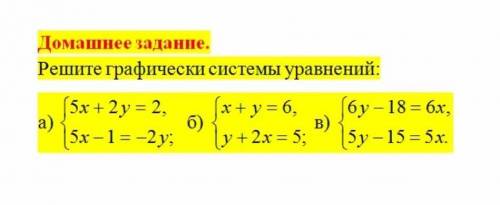
ответ: Щоб розв'язати систему рівнянь, можна скористатися методом підстановки або методом елімінації.
Метод підстановки:
1. З першого рівняння виразимо х:
2x + 3y = 3
2x = 3 - 3y
x = (3 - 3y) / 2
2. Підставимо отримане значення х в друге рівняння:
3y² - 4x = 18
3y² - 4((3 - 3y) / 2) = 18
3y² - 6 + 6y = 18
3y² + 6y - 24 = 0
3. Розв'яжемо квадратне рівняння:
(3y - 6)(y + 4) = 0
Звідси отримуємо два розв'язки:
3y - 6 = 0 або y + 4 = 0
y = 2 або y = -4
4. Підставимо знайдені значення y в перше рівняння для знаходження відповідних значень x:
При y = 2:
2x + 3(2) = 3
2x + 6 = 3
2x = -3
x = -3/2
При y = -4:
2x + 3(-4) = 3
2x - 12 = 3
2x = 15
x = 15/2
Отже, розв'язками системи рівнянь є:
x = -3/2, y = 2
x = 15/2, y = -4
Объяснение:
Объяснение:
The first inequality can be solved by factoring the quadratic expression and analyzing the sign of the factors:
x² - x + 6 > 0
The discriminant is negative (Δ = (-1)² - 4(1)(6) = -23), indicating that there are no real roots. Therefore, the quadratic expression is always positive, and the inequality holds for all values of x.
x² - x + 6 > 0 is true for all x.
The second inequality can be solved by applying the zero product property:
(х-5)(х+5) ≤ 0
The factors can have opposite signs or be equal to zero for this inequality to hold. Therefore, we can set up the following intervals:
x ≤ -5 or x ≥ 5
The solution to the inequality is the union of these two intervals:
x ≤ -5 or x ≥ 5
{x | x ≤ -5 or x ≥ 5}